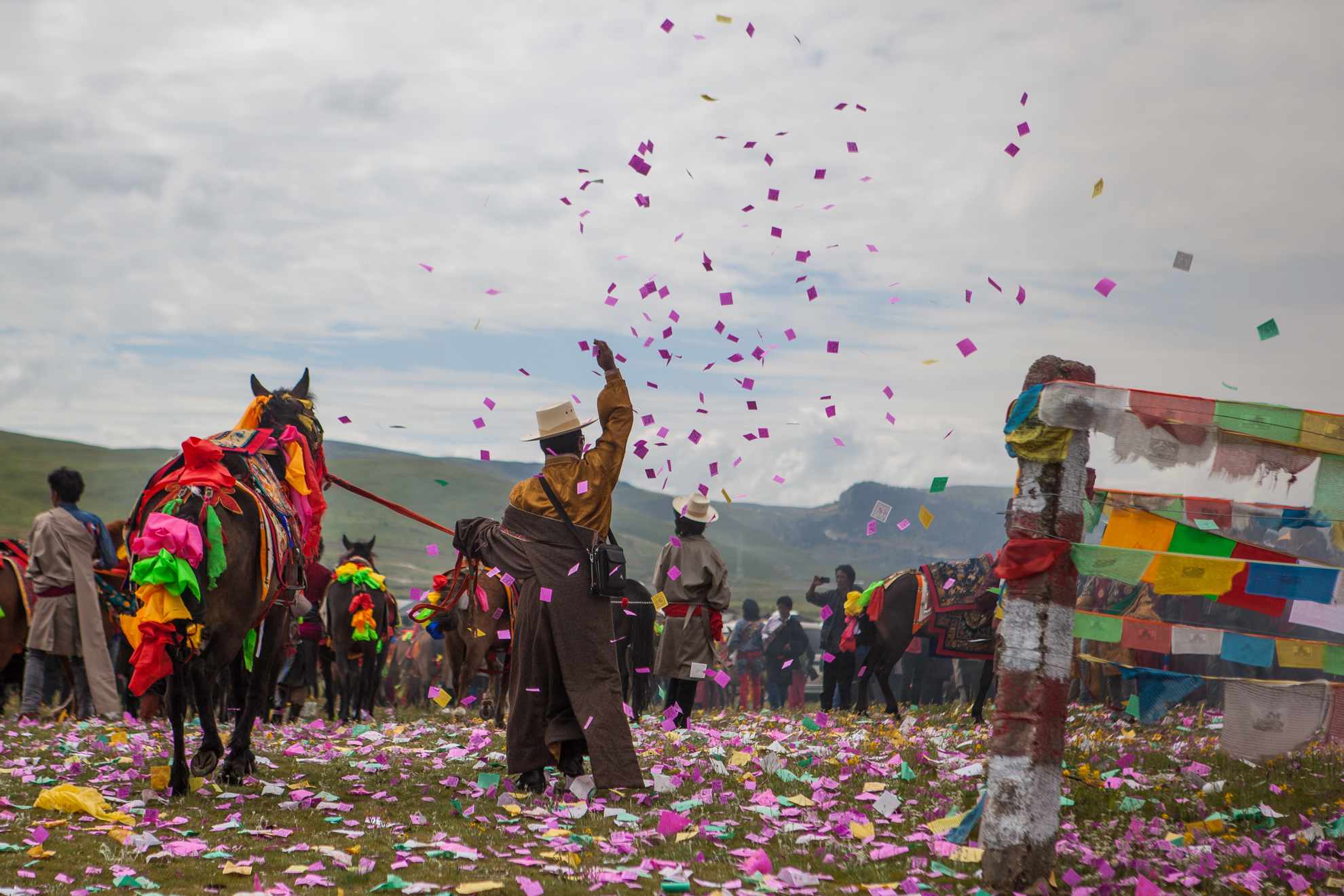Photographer and expat Charlie McRae found himself in a rut after college. He had always dreamed of being a full-time photographer, but to make ends meet, he was not photographing what appealed to him. “I finished university in 2010 and did some wedding and portrait photography for a while, but it wasn’t a steady flow of work. I was looking for something else to do, something interesting. My cousin had been teaching in China for a few years already, and another good friend of mine had done it, too.”
After some more research on the country, Charlie was inspired not only by his friend and cousin but also by the picturesque landscapes and the people inhabiting them. In August of 2011, he accepted a position teaching English and moved to Weifang, Shandong, China. Since then he has been educating English majors studying at Weifang Medical University. In his spare time, he feeds his creative storytelling alter-ego by traveling around the country with his Canon 5D Mark II, producing powerful images of the people, traditions and landscapes of China.
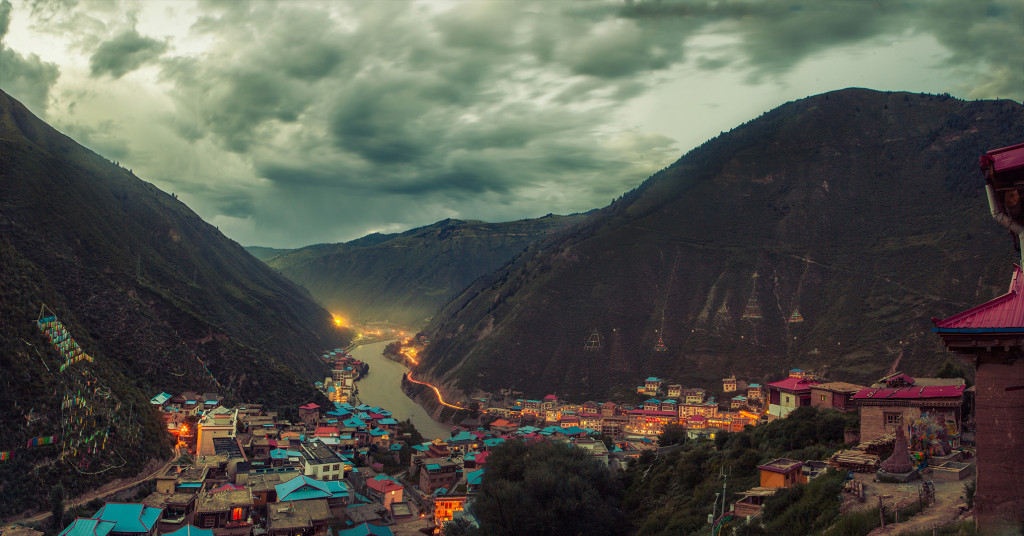
This town is about 30 miles from Litang, and I ended up staying a night here that wasn’t planned due to a bus driver that basically told me half-truths about there being another available vehicle when I arrived. In retrospect, I’m glad I did, as I climbed the hill to the monastery and got this shot, which is two thirty-second exposures merged into a panorama.
On one such solo excursion, he traveled off the beaten tourists’ paths through the western part of the country and down to the ancient Tibetan province of Kham (now officially considered part of southwest China). Not knowing much about the region beforehand, he looked at a map of the mountains and researched the tiny towns dotting the area. It was then that he learned of the upcoming annual Horse Festival in Litang and made it his primary storytelling goal. His final photo collection through the province, however, ended up showing a much larger slice of life and culture in Kham, including the rarely photographed sky burial. (A small warning: the sky burial is a little graphic in nature.)
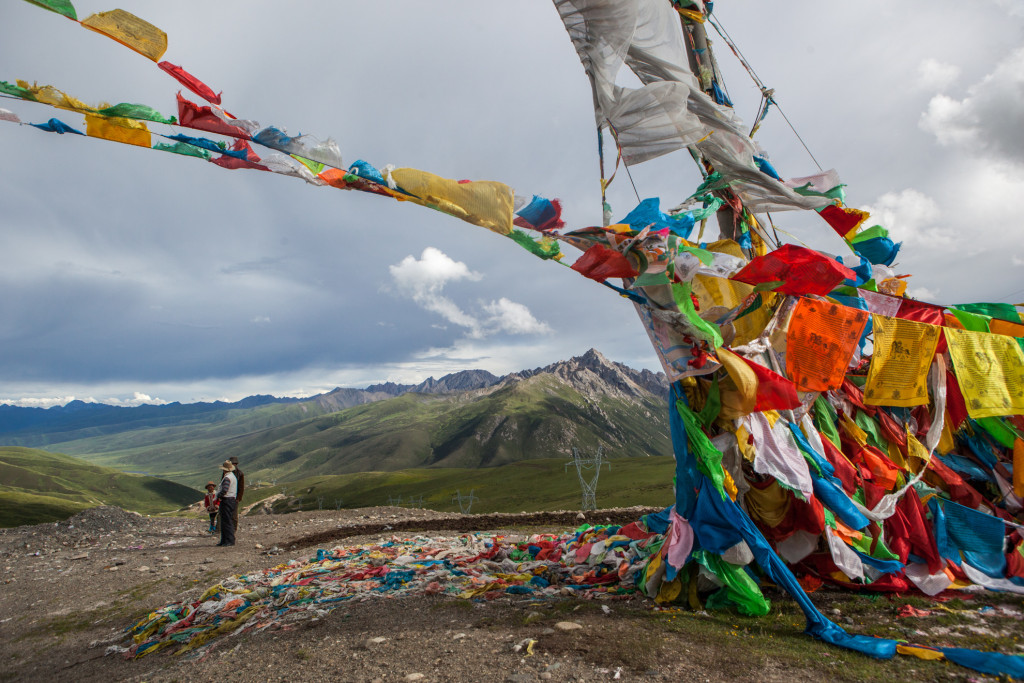
This is a photo from the mountain road leading into Litang, one of only three such roads, many of which were just recently sliced into the rolling green hills. At every single mountain peak, even if you can’t see it, you can rest assured some devout Buddhist has already climbed it and placed many prayer flags on top.
In Litang City, Ganze county, Sichuan Province (just east of present-day Tibet) there is a Horse Festival held every summer. The purpose is to determine who owns the best horse, thereby establishing a social-economic hierarchy among those who compete. “There didn’t seem to be much organization, though,” Charlie commented. “It was just one stretch of field that had observers on either end. People seemed to start on time, but I saw no scorekeepers or announcements of winners or such.” The activities ranged from picking up colored ribbons and swinging ropes tied to six packs of soda, to shooting bows and arrows while the rider perched precariously on his saddle. The whole scene is splashed in color, from scraps of paper strewn about the ground to the ornate braids and shimmering objects adorning the horses. The predominately Buddhist crowd contained several distinguished monks and nuns, but a noticeable lack of Westerners. He noted, “In these remote places, far from the cold stares and normalcy of a white or black face in Beijing or Shanghai, when you see a fellow foreigner, you stop and ask questions like ‘How did you get here, what method of transportation? How much was it? How’s the road from here to there? How was the weather recently?’ and other, important information, that is almost impossible to research online beforehand.”
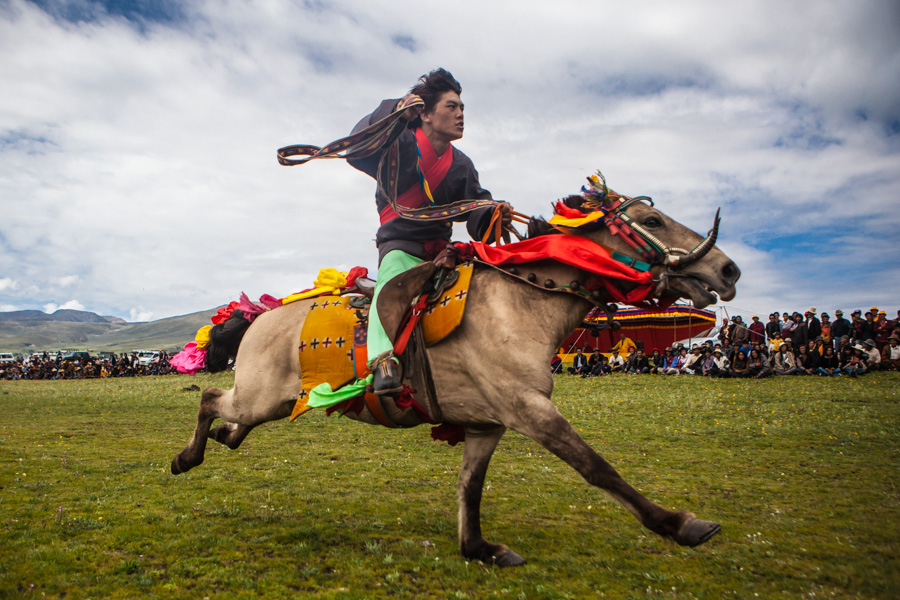
A rider races his horse down the grassy competition path.
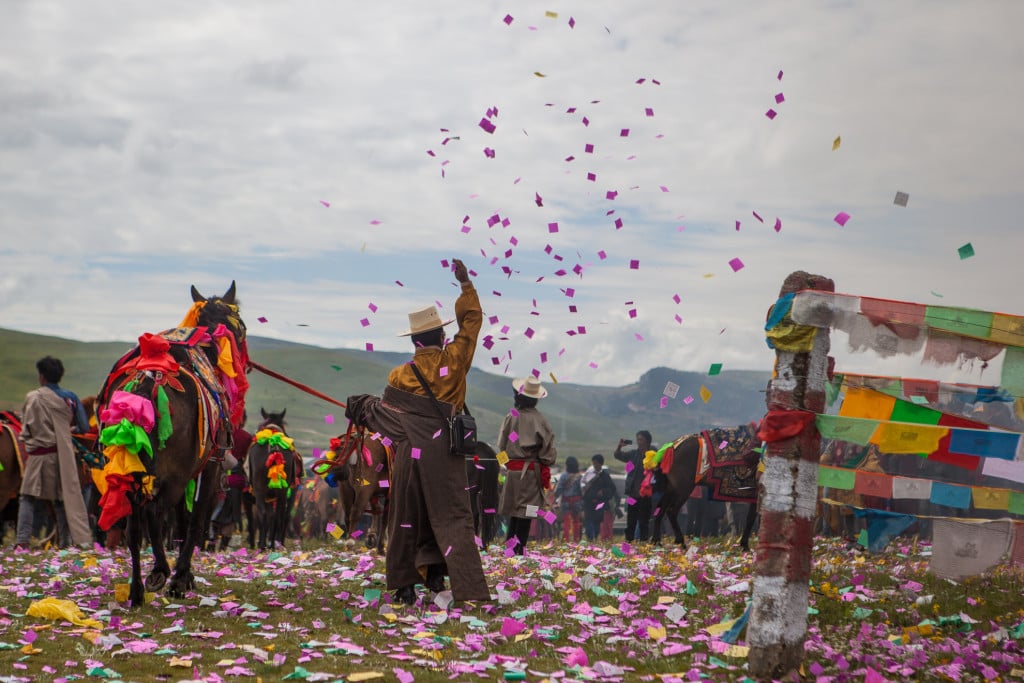
Participants of the annual Litang Horse Festival begin the competition by throwing thousands of palm-sized squares of colorful paper into the sky, which someone comes and cleans from the ground later, I can only assume. I believe there’s something more significant about the paper but, maybe not. Chinese confetti?
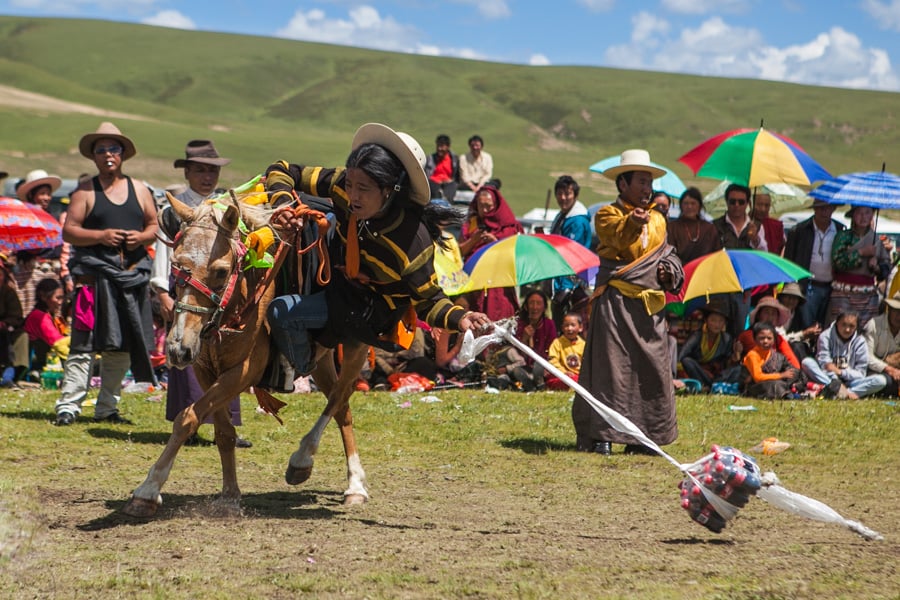
Some of the events use less traditional equipment than others, as evidenced by this rider swinging a pack of sodas.
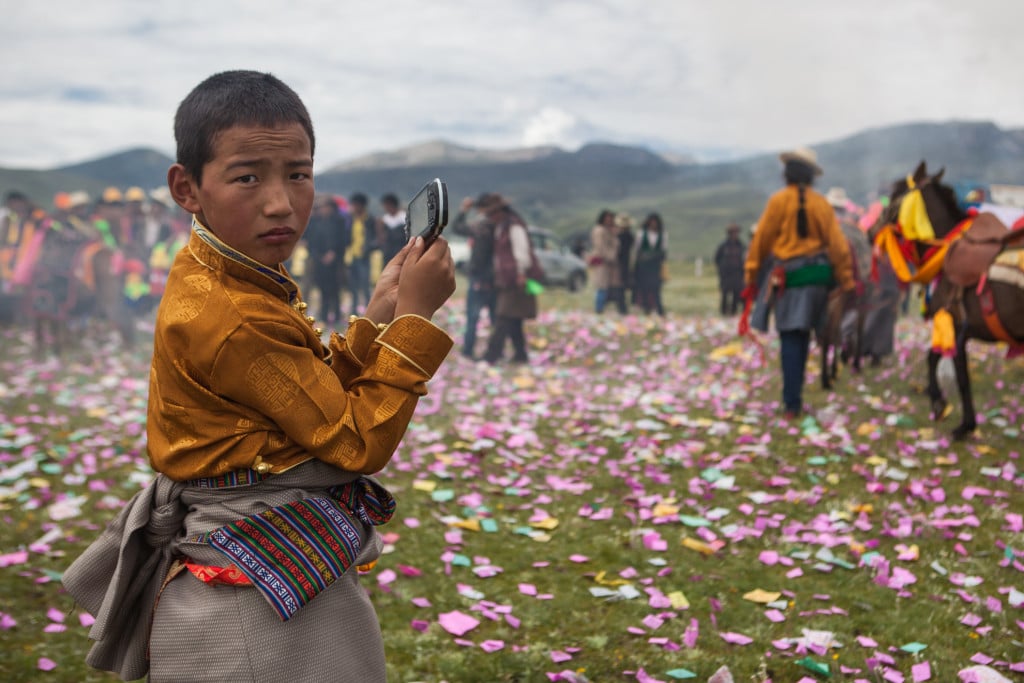
Technology isn’t lost upon this remote region. This young lad is recording the ceremony opening with his knock-off PSP. I saw many monks with iPhone 5’s and some even with large stacks of cash.
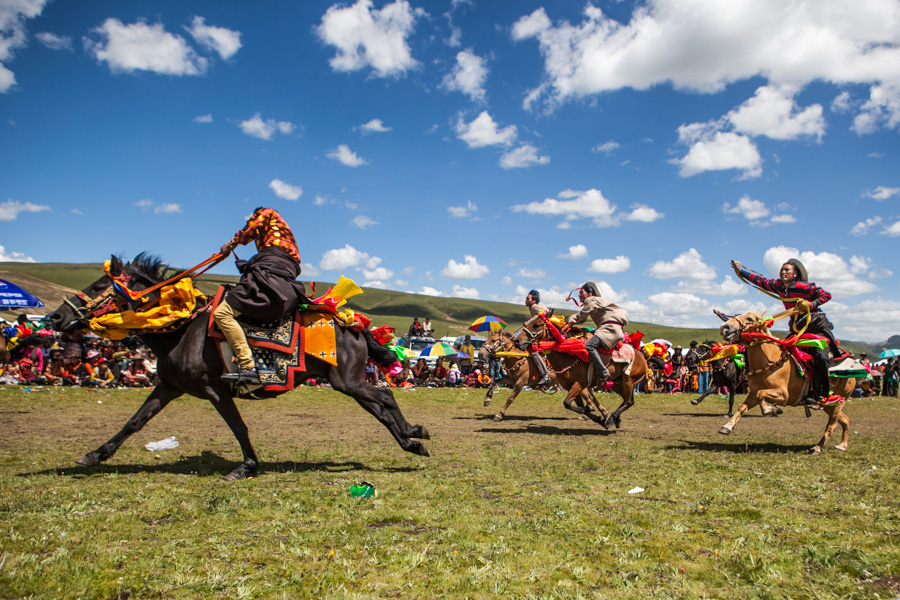
Racers compete during the festival.
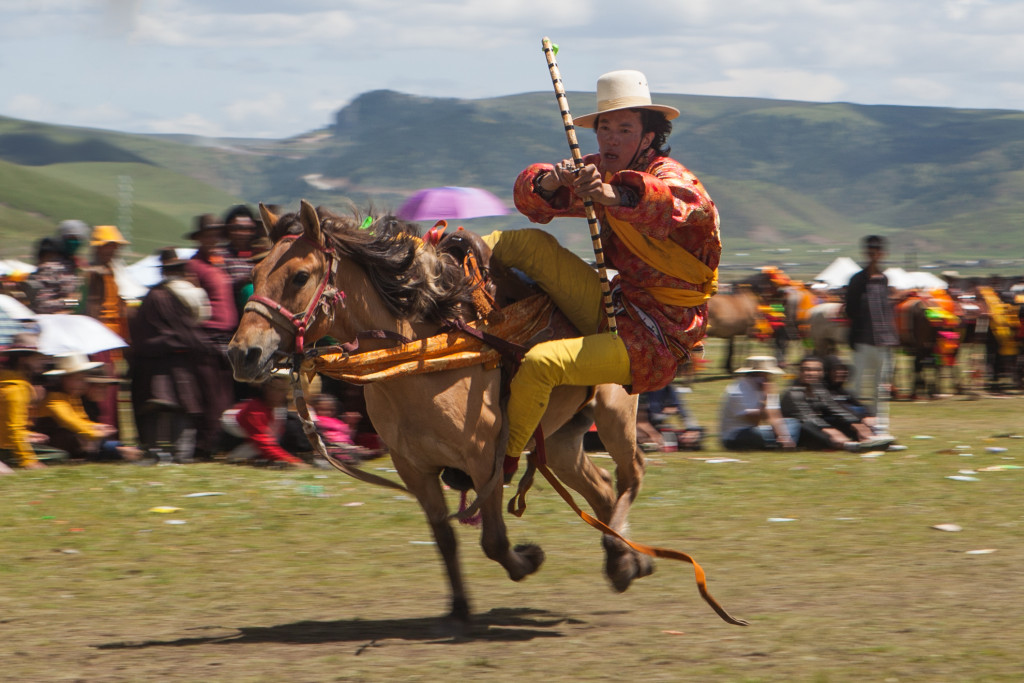
There was also a game of bow & arrow shooting skill. This fellow is hanging off his horse to get a better angle as he hits a target made from paper and hay.
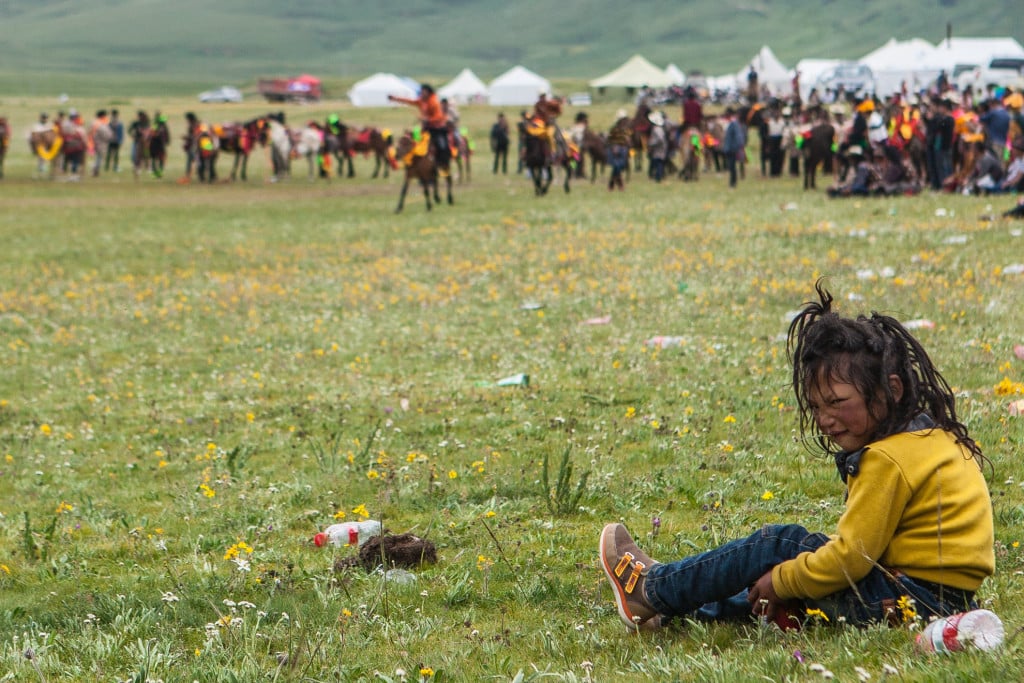
A young boy in what look like the beginnings of dreadlocks sits and watches the horse racers at the Litang Horse Festival in far western Sichun Provence, China, August 2013.
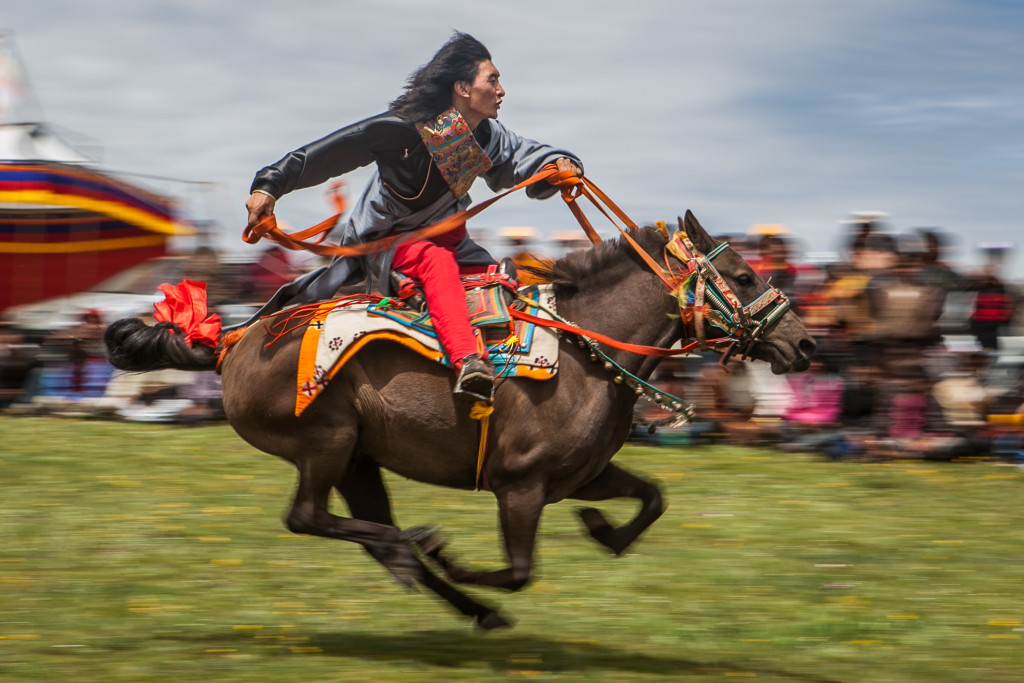
All four legs are off the ground as horse and rider gallop down the track. Another lucky panning shot.
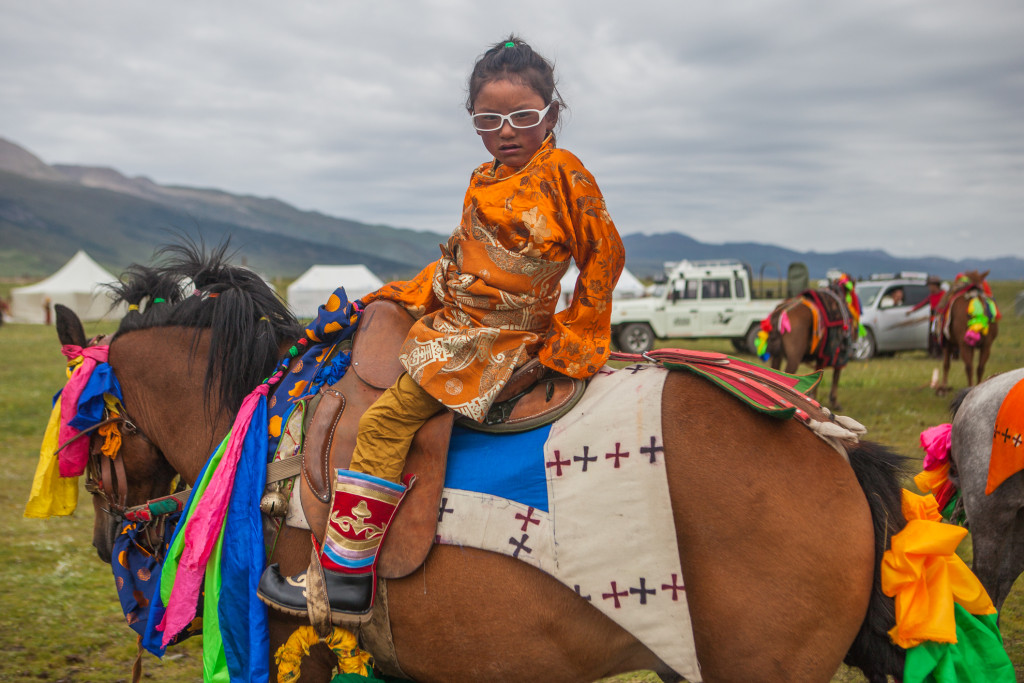
A stylish little girl keeps her father’s saddle warm as he is busy doing other preparations. She’s got her red boots with the curly toe and her glass-less eyeglass frames on.
We asked Charlie to give some tips to anyone who may find themselves at a similar event. “Number one: watch out for stray horses. Have both eyes open while shooting, so you can see if any pony comes galloping your way. As far as shooting, most of my best shots were all about panning, having the shutter speed a little slow, ramping up the aperture and burst-shooting while following a rider, matching your panning speed with theirs. Less distortion happens if you’re able to back away from the action and use a zoom lens to get in tight on the object. Wide angle pans are possible too, but usually look best when the action is directly in front of the camera.”
As far as what he looked for when taking a photograph, he said that “In this case, I look for repeated actions and then prepare myself to capture them the moment they happen, and from different angles and perspectives.” His process, when arriving at a new location or event such as this is to “…get a full look at everything so I make sure to walk around the place. There might be an angle you’re not aware of until you see it. I make sure to get a variety of shots, close-ups, details, etc.”
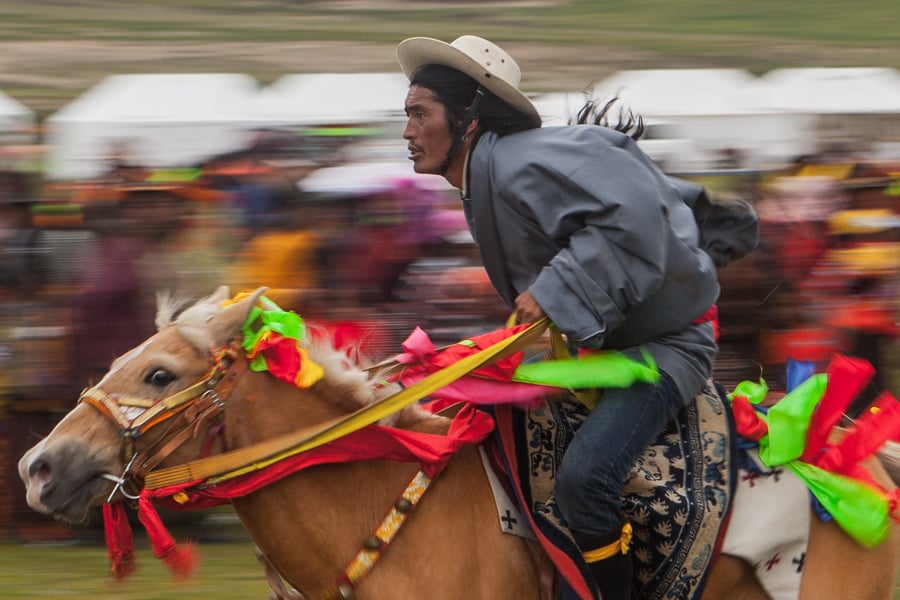
A man on his horse gallops down the grassy racetrack at the Litang Horse Festival in Litang, Sichuan, China. I cropped this photo in tightly because I wanted to show how lucky I was to get his face perfectly in focus. I used a slow shutter speed and I panned left as he rode in front of me.

Colorful square pieces of paper litter the green field as incense burns in the background and the riders all take turns going around the burning incense in a circle, I can only assume praying. A little girl tries to avoid stepping on the papers, but I believe she’s just playing a game in her head.
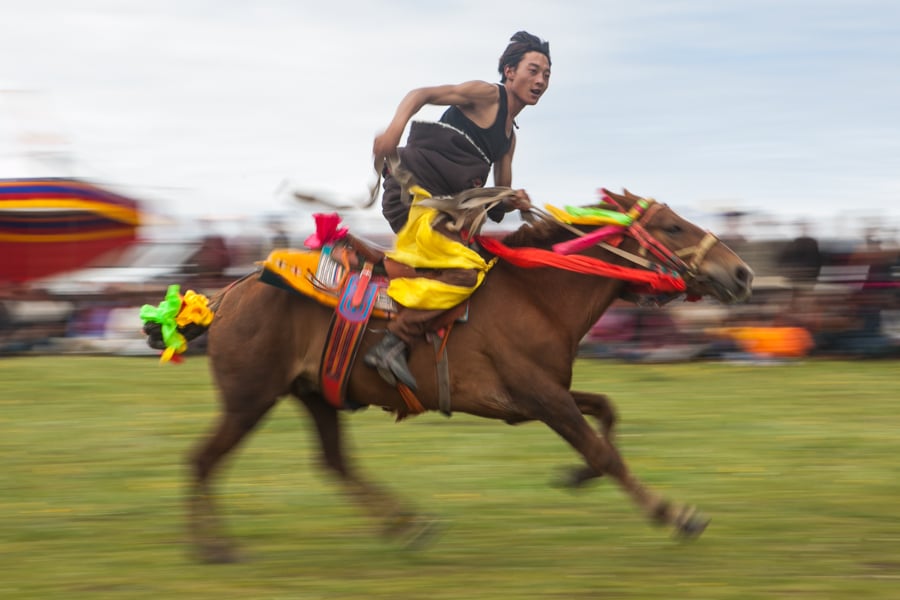
A man competes during the annual Litang festival.
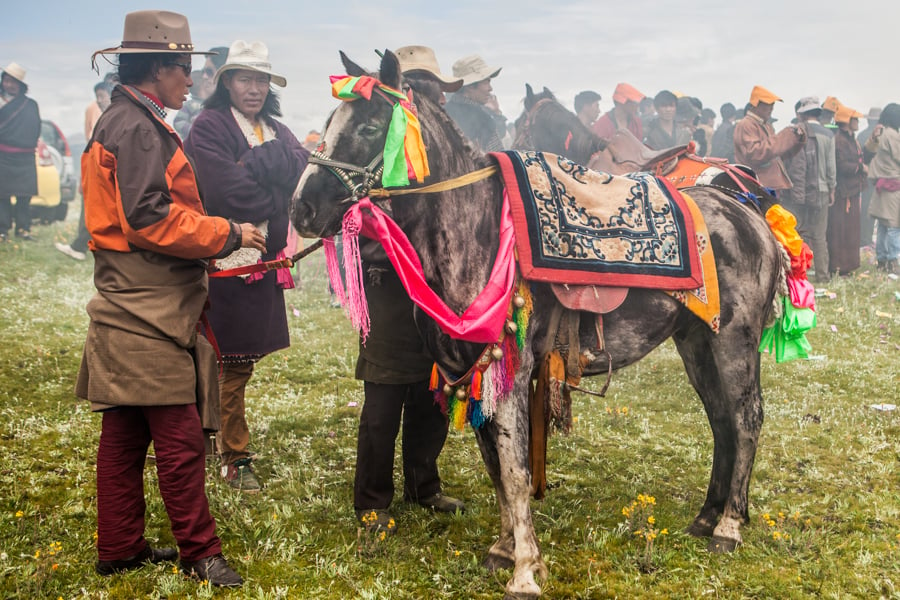
A man tends to his heavily adorned horse.
Another notable event that Charlie was invited to observe is gruesome in practice (at least to the more delicate Western palate) yet beautifully poetic in idea. The sky burial is an ancient excarnation ritual that emerged due to an emphasis of the impermanence of bodily life combined with the scarcity of wood, which limited cremations, and rocky terrain that made an underground burial impossible. As Charlie explains on his blog; during a sky burial, “A large predatory bird, usually a vulture, will eat the flesh of the recently deceased relative, consuming the entire body, bones and all, and (fly) up into the heavens.” So on a mountaintop, surrounded by colorful prayer flags and friends and family, the body of the deceased is prepared and disassembled by a rogyapa (“body-breaker”). The vultures then feast while monks chant in the background. After most of the flesh has been removed, the bones are smashed, mixed with grain, and the birds finish their task of carrying the body skyward. While this may seem morbid to some readers, is it considered an incredibly compassionate and generous act on behalf of the deceased and their families because through this process they are able to provide sustenance to other living beings.
(The more graphic images of this ritual have been omitted, however the full series is available for viewing on his website. Link at end.)
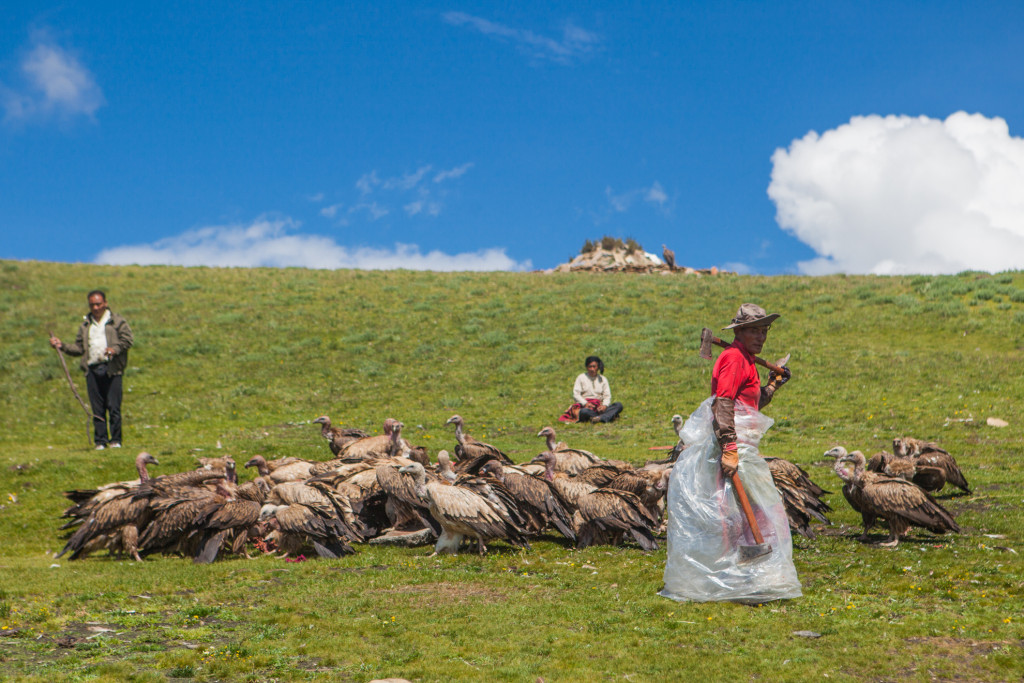
The body breaker leaves the sky burial as his job is done. The buzzards continue to consume the bones and remaining flesh of the deceased man. The man in the background on the right has been chanting a prayer since the start, about one hour prior to this photo.
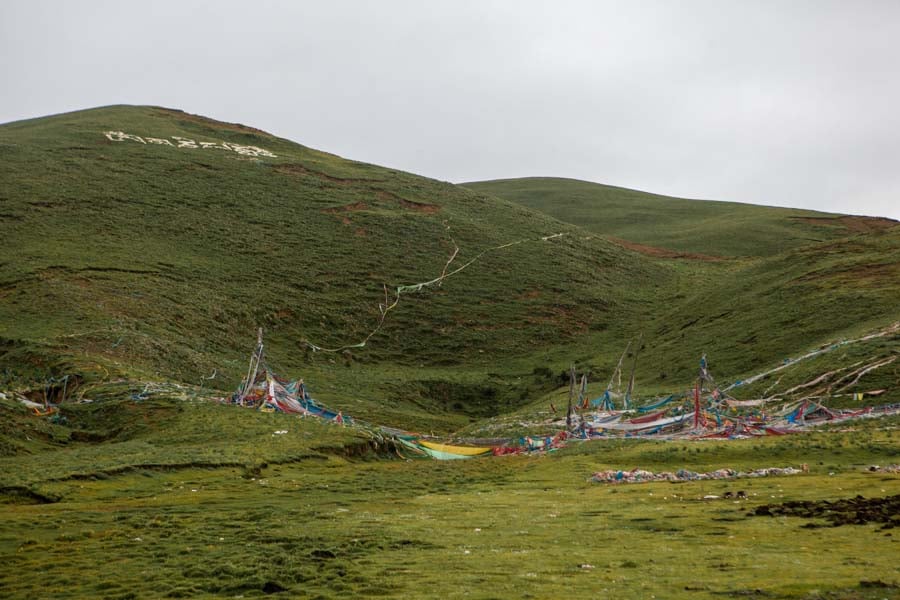
Colorful flags are everywhere, always. I even helped them string up some of these flags because one was too high for the man to reach.
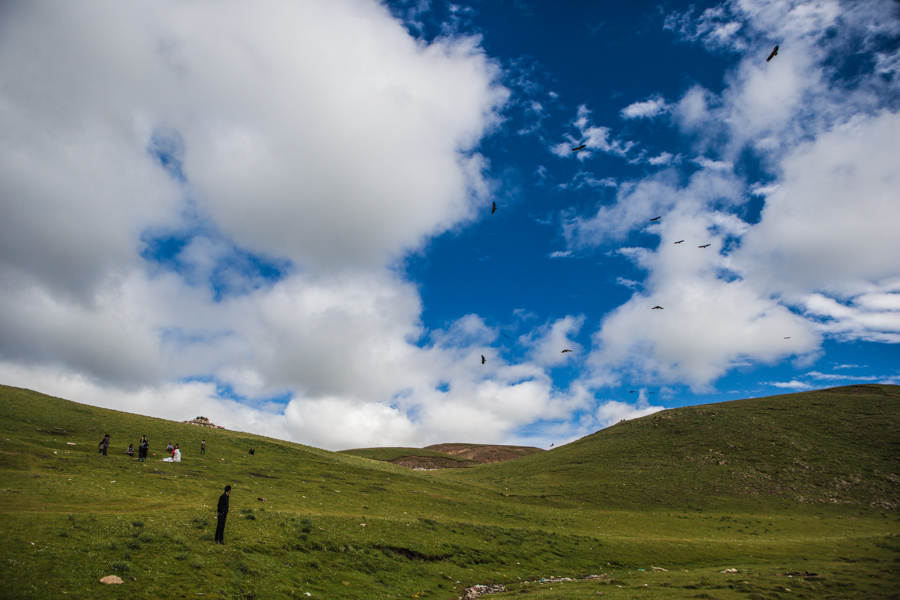
Vultures circle the sky burial ceremony spot in anticipation.
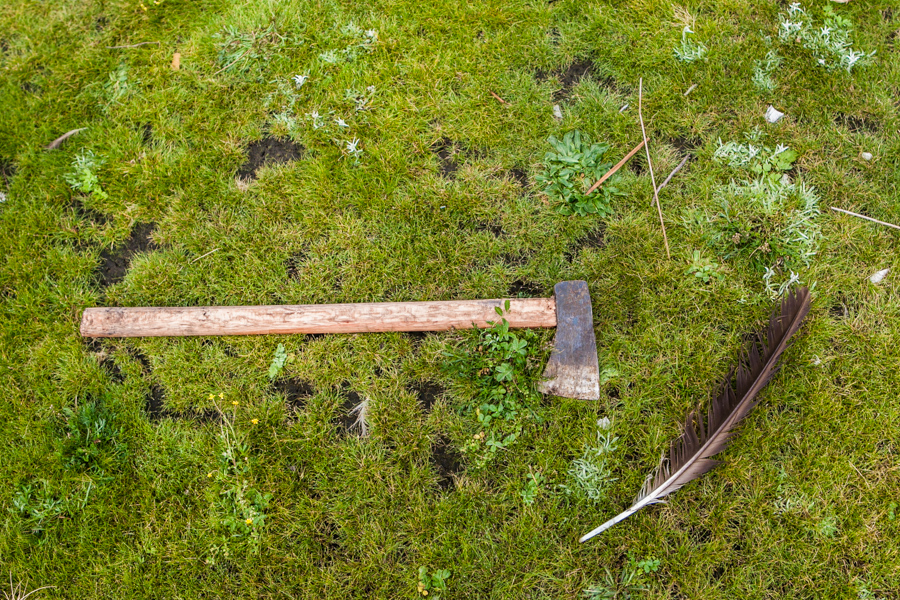
Some people just leave the tools they used on the ground for the next person to use. Here a hatchet lies next to a buzzard feather on the hill near the sky burial site.
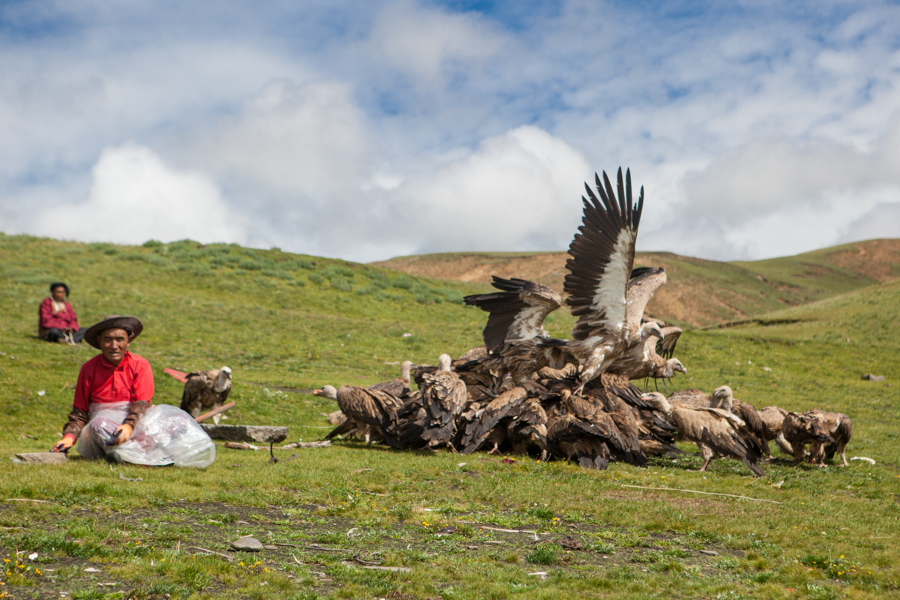
The bodybreaker sits by as the vultures do their part in the sky burial.
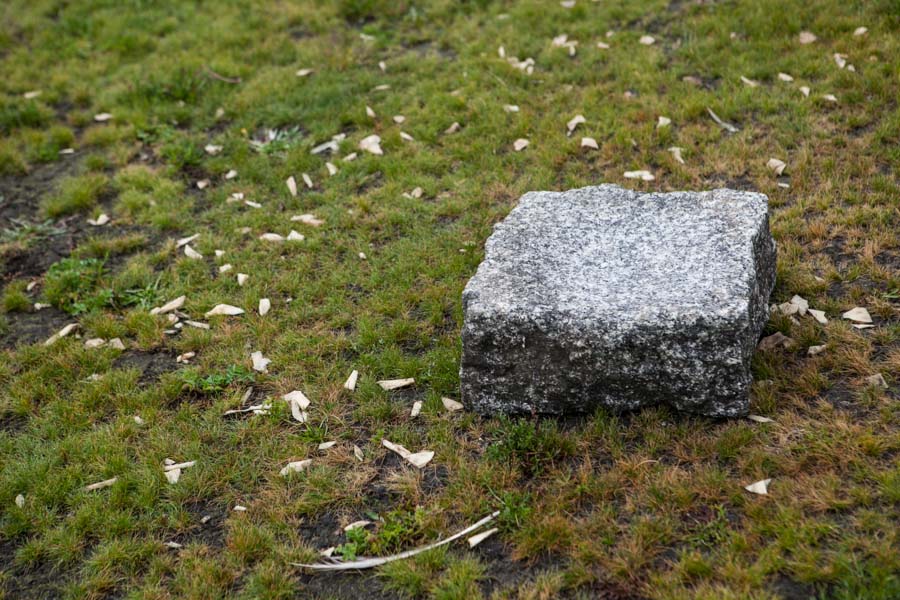
Human bone fragments litter the ground around the stone used during the sky burial.
On display in this collection of photographs is Charlie’s incredible ability to creating arresting portraits. He captures the essence of a situation or emotion of a subject in a way that transcends language and cultures. On this journey through western China, he was able to document daily life for the region’s inhabitants and had numerous willing participants, despite their relative infrequency of interacting with western visitors. “I asked several people (in Mandarin) if I could take their photo, one woman I even ended up asking twice in the same day,” Charlie said. He sometimes showed them the photos on the back of the screen so they could see what he was shooting and enjoy the collaborative process with him. “My only goal every day was to take great photos.” And take great photos he did. The results are a fantastic portrayal of the people of Kham
See more of Charlie McRae’s work on his website, Instagram and Flickr. The full set of photographs from McRae’s journey through Khan, including graphic images of the sky burial, can be found on his blog.
Bradley Geer contributed to this article.
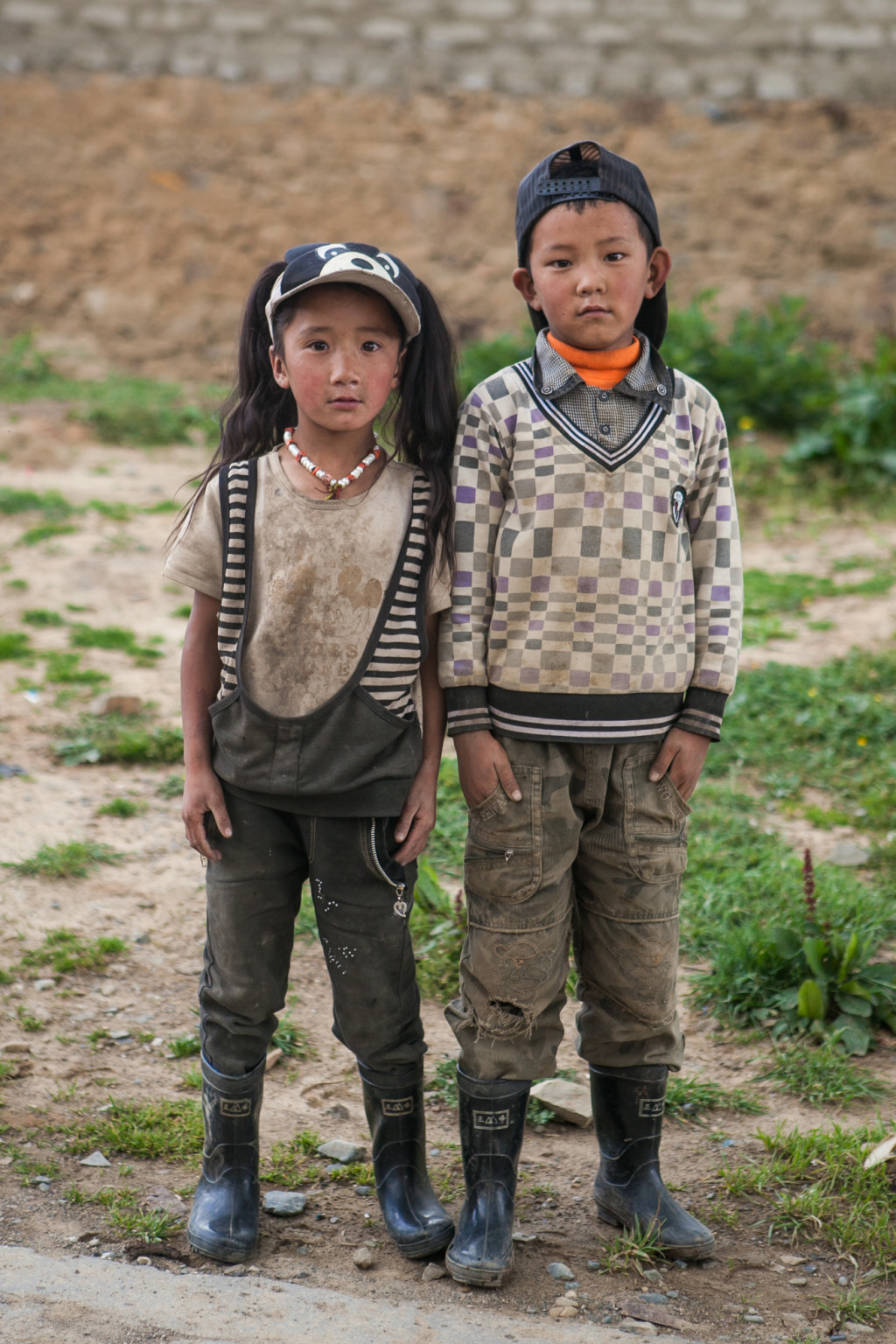
These two polite kids posed for a photo after I came down the hill from behind the monastery. They were working in the garden.
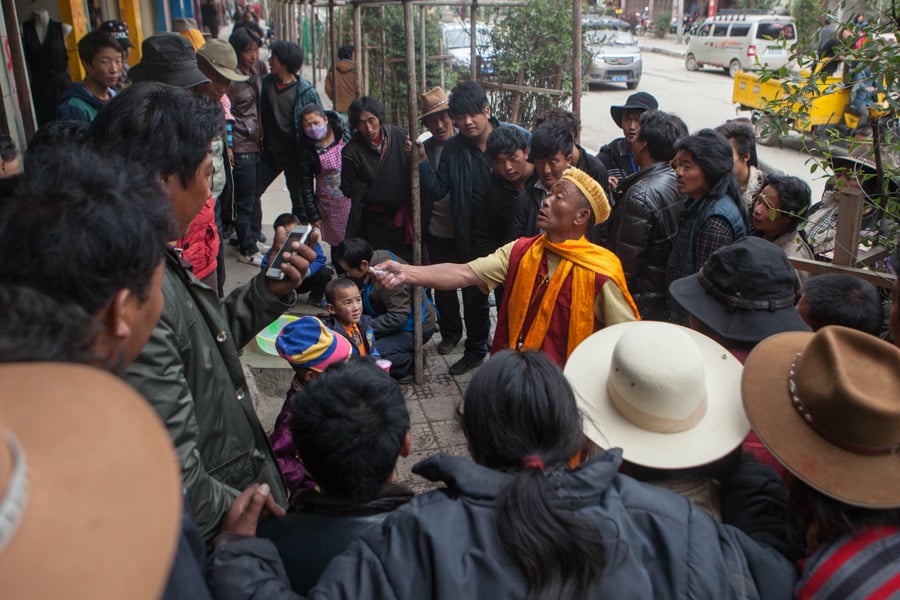
A man dressed in robes talking to a crowd, or talking to anybody who would listen. I came across this scene on the street.
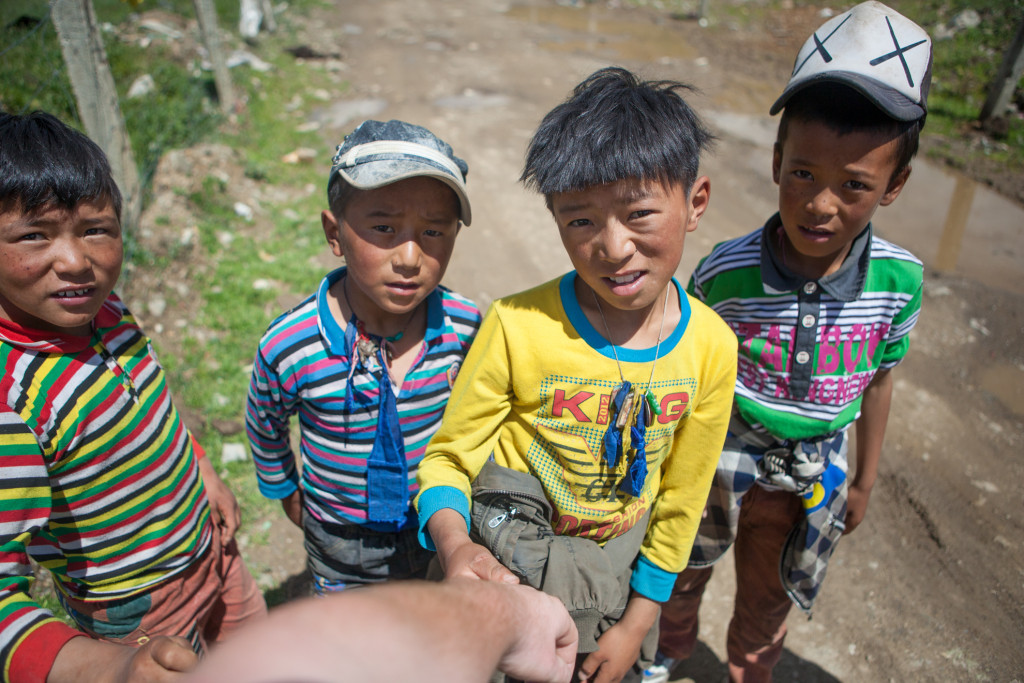
These four boys approached me after I climbed down the hill behind the monastery, a few miles from the sky burial and horse festival. They asked me in Mandarin if I had a cigarette. I don’t smoke, so I said no, and I also said they were too young and shouldn’t smoke. The boys then asked if they could touch my arm, because it has a lot of hair on it. Their dad, they told me, doesn’t have much hair on his arm.
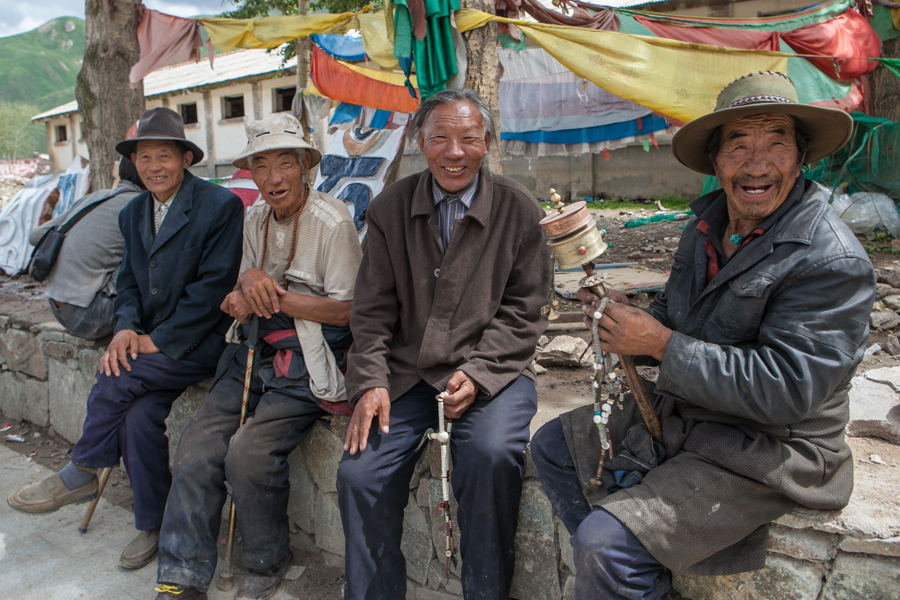
These smiling old men, holding prayer beads and a prayer wheel, sit near the entrance to another monastery which prides itself on having the largest collection of inscribed “ah mi tuo fo” stones in the world.
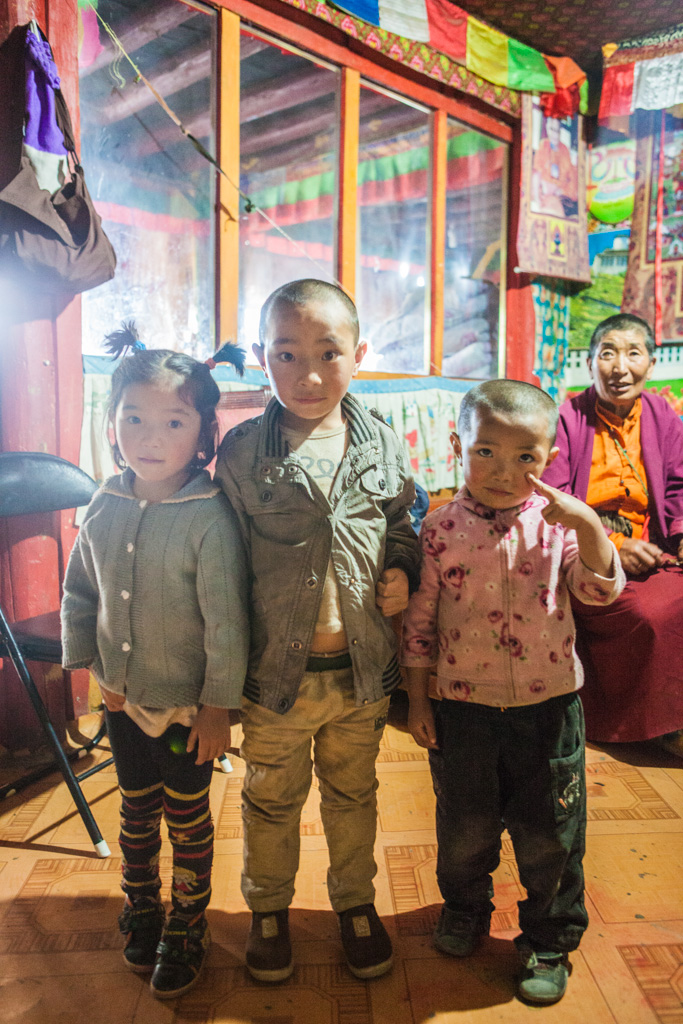
Three little kids pose in the home of a monk who invited me inside to have some yak butter tea, which they also put a little bit of salt in. A very unique taste.
